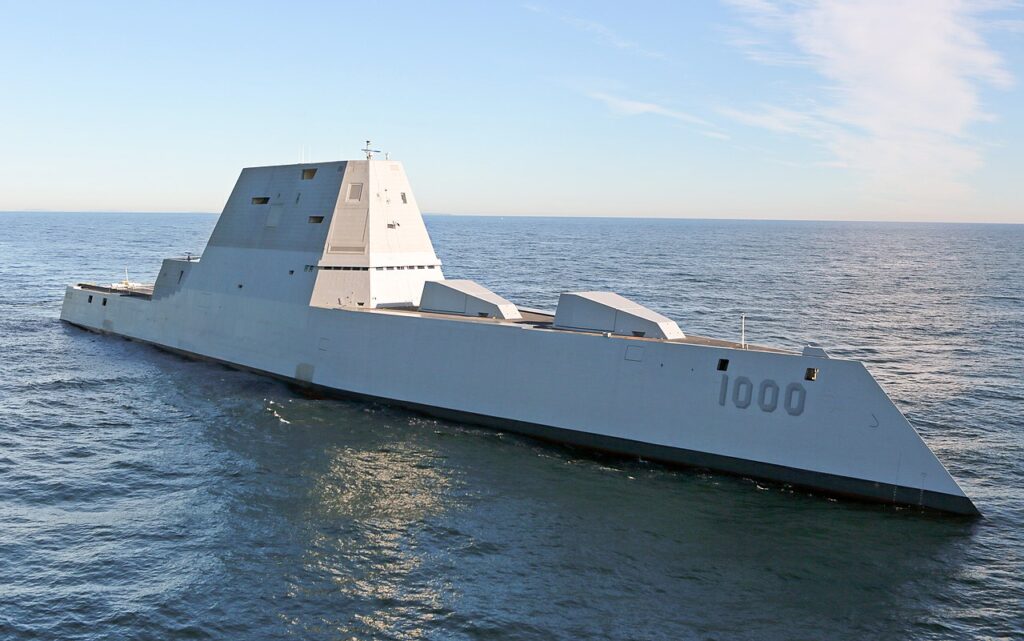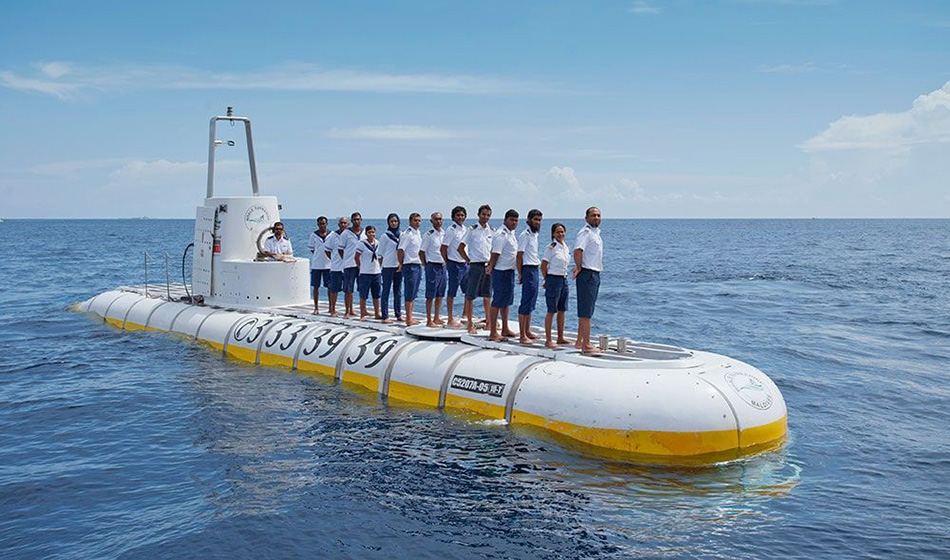Throughout history, humans have been fascinated by the idea of sailing the seas and exploring deep uncharted territories. A bit like a whale…
v
This fascination has led to the development of countless ship designs, some of which are downright bizarre.
From giant battleships to floating island, humans have sought to push the limits of what is possible on the water. And under it.
There are some truly bizarre and unusual ship designs, as well as some ideas that failed spectacularly or cost a lot of money. But a Whale Submarine?
Failed Shipping Designs
Believe it or not a failed ship design was the Bismarck-class battleship, which was built by Nazi Germany during World War II.
The Bismarck was the largest battleship of its time, but it was also incredibly expensive to build and maintain.
Despite its impressive size and power, The Bismarck was sunk during its first mission. It remains one of the biggest failures in the history of naval warfare.
Moving on to more modern ship designs, we have the USS Zumwalt, which was commissioned by the United States Navy in 2016.
The Zumwalt is a stealthy, high-tech destroyer that was designed to be the most advanced ship in the world.
 The USS Zumwalt design is basically a disaster and has cost billions of dollars.
The USS Zumwalt design is basically a disaster and has cost billions of dollars.
However, the ship’s design was plagued with problems, and it ended up costing the Navy billions of dollars more than originally planned.
The Zumwalt also suffered from a number of technical issues that made it less effective in combat than originally intended.
On the other end of the spectrum, we have some truly bizarre ship designs that have never been built.
For example, there’s the “Ark” concept, which involves building a giant, floating island that can house tens of thousands of people.
The idea is to create a self-sustaining community that can survive on the high seas and through disasters like earthquakes and tsunamis. But what of Whale Submarines?
The Whale Submarine
The Whale Submarine is a unique concept for a submarine that is shaped like a giant whale.
The idea behind the Whale Submarine is to create a stealthy underwater vehicle that can blend in with its surroundings and avoid detection.
While this concept might seem far-fetched, there have been real-life submarines designed to mimic the shape and movement of marine animals.
In this essay, we will explore the concept of the Whale Submarine in more detail, including its design, potential uses, and challenges.
 When looking at sperm whales its easy to see natures influence on man’s design of the submarine.
When looking at sperm whales its easy to see natures influence on man’s design of the submarine.
The basic design of the Whale Submarine involves creating a submarine that is shaped like a whale. It is complete with a tail fin, a dorsal fin, and a curved body.
The submarine would be painted to resemble the colouration and patterns of a real whale.
It would also be designed to move through the water in a way that mimics the movements of a real whale. This would involve using advanced propulsion systems and control surfaces to create a lifelike swimming motion.
One of the key advantages of the Whale Submarine concept is its potential for stealth.
By mimicking the shape and movement of the mammal, the submarine could reduce its noise signature and make it harder for enemy vessels to detect. That’s the idea anyhow!
This could be especially useful for military applications, where submarines are often used for covert operations such as intelligence gathering or sabotage.
A stealthy submarine that can blend in with its surroundings could be a valuable asset for any military force. Couldn’t it?
What’s its Porpoise?
Another potential use for the submarine is in scientific research. Whales are some of the largest and most majestic creatures in the ocean, and scientists have long been fascinated by their behaviour and physiology. A Whale Submarine could allow researchers to study whales up close.
This could lead to new insights into the behaviour and biology of whales, which could have important implications for conservation efforts.
 A ‘Whale Submarine’ of sorts. This sub in the Maldives allows tourists to view fish in the reefs.
A ‘Whale Submarine’ of sorts. This sub in the Maldives allows tourists to view fish in the reefs.
The Whale Submarine concept also has potential applications in the tourism industry. Whale watching is a popular activity in many parts of the world.
The Whale Submarine could offer tourists a much more immersive experience.
Imagine being able to swim alongside a pod of humpback whales, or to dive down into the depths of the ocean to observe a rare species of whale up close.
A Whale Submarine could make these experiences possible, while also minimising the impact of tourism on the environment.
A Reality?
Of course, there are also significant challenges associated with the Whale Submarine concept. One of the biggest challenges is designing a submarine that can move and behave like a real whale.
These beasts are incredibly complex animals, and mimicking their movements and behaviour in a machine is no easy feat.
The Whale Submarine would need to have advanced control systems and propulsion mechanisms that can replicate the complex movements of a real whale. While also remaining stable and manoeuvrable in the water.
Another challenge is designing a Whale Submarine that is safe and reliable. Submarines are already one of the most complex and difficult-to-maintain machines in the world.
Adding the complexities of a whale-shaped design would only make things more challenging.
The Whale Submarine would need to be designed with safety and reliability in mind.
It would additionally need to undergo rigorous testing and certification before it could be put into service.
 Some submarines such as this French design are based on the slimline body of a whale.(Photo Covert Shores)
Some submarines such as this French design are based on the slimline body of a whale.(Photo Covert Shores)
Cost is also a significant challenge associated with the Whale Submarine concept.
Building a submarine that is shaped like a whale would likely be much more expensive than building a traditional submarine.
The unique design would require specialized materials and manufacturing processes, and the development costs alone could be prohibitive.
Additionally, the cost of operating and maintaining a Whale Submarine would likely be higher than that of a traditional submarine, due to the added complexity and maintenance requirements.
Has one Ever Been Built?
As far as public knowledge goes, there is no record of a fully functional Whale Submarine being built or deployed.
There have been a few experimental submarines that were designed to mimic the movement and shape of marine animals like fish and dolphins.
But, there is no record of a submarine designed to look like a whale that has been put into operation.
However, there have been some concepts and designs for Whale Submarines that have been proposed by various individuals and organisations.
For example, in 2010, a South Korean artist named Hong Sungchul proposed a design for a Whale Submarine that would be used for tourism purposes.
 The links between whales and submarines have been there from the outset. Is this a step too far though?
The links between whales and submarines have been there from the outset. Is this a step too far though?
The design was intended to mimic the shape and movements of a humpback whale, and it included a variety of features such as a hydrophone system that would allow passengers to listen to the sounds of the ocean.
There have also been a few research projects aimed at developing submarines that can mimic the movement and behaviour of whales.
For example, in 2013, researchers at the Massachusetts Institute of Technology (MIT) developed a robotic submarine that was designed to mimic the movements of a sperm whale.
The submarine was equipped with a variety of sensors and control systems that allowed it to navigate through the water. it could make complex movements, much like a real whale.
Despite these challenges, the Whale Submarine concept is an intriguing idea.